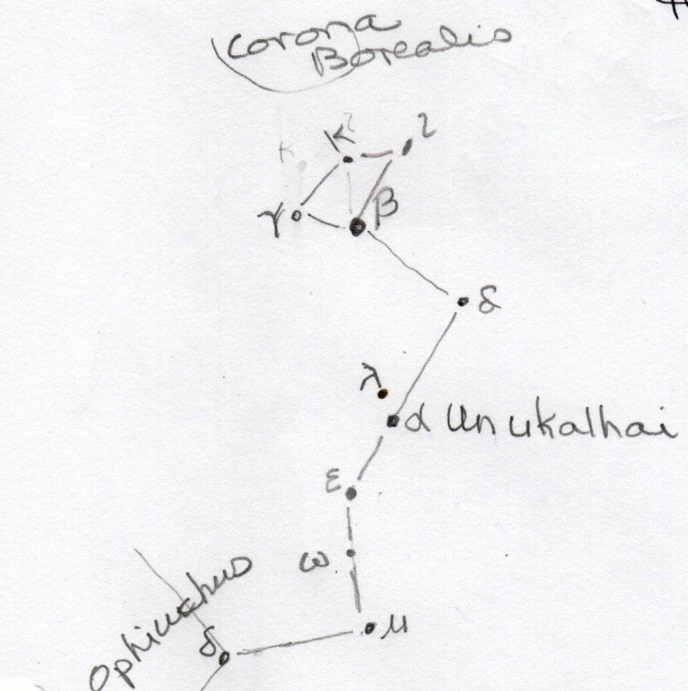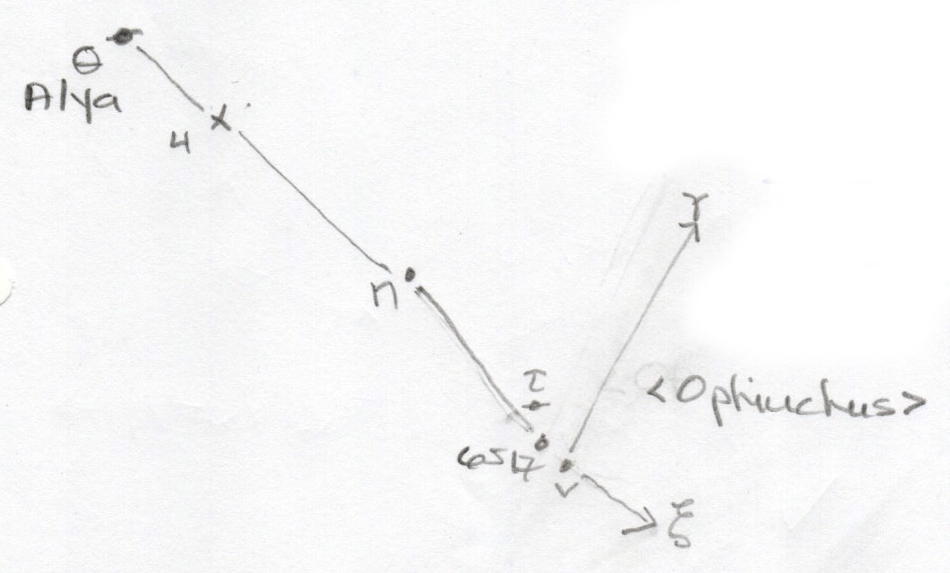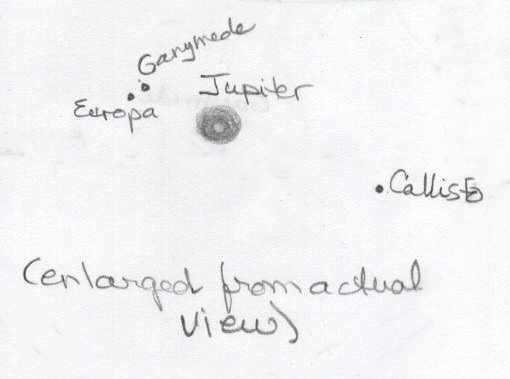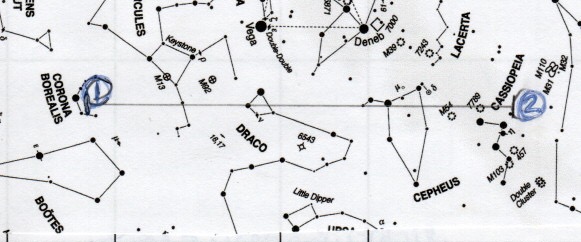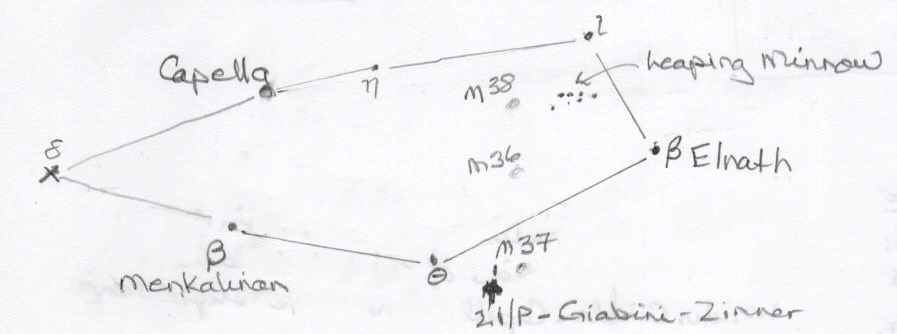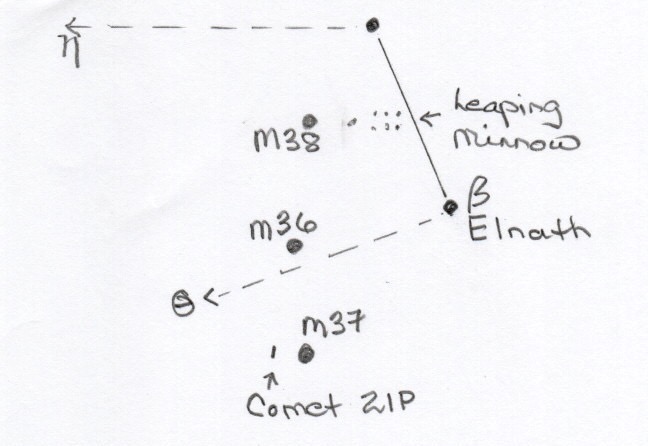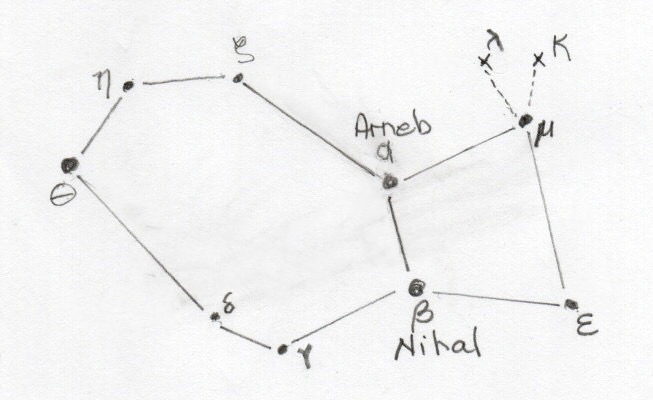Comet: 21P/Giacobini-Zinner
Constellations: Auriga, Gemini, Lepus, Milky Way, Ophiuchus, Orion, Pisces Austrinus, Sagitta, Serpens Caput, Serpens Cauda, Taurus
Asterism: Keystone of Hercules, Leaping Minnow
Satellite (ISS)
Planets: Jupiter (in Libra)
Stars: Mizar A, Mizar B, Alcor, GAIA 1565097112139144832, θ1 Taurus, θ2 Taurus, TYC3853-0175-1, TYC3853-0228-1
Messier Object: M8, M11, M13, M20, M35, M36, M37, M38, M42, M43
Located, Not Observed:
Constellations: Aquila, Capricornus, Corona Borealis, Cygnus, Delphinus, Scorpius, Ursa Major
Asterisms: Coathanger, Keystone of Hercules, Pegasus
Planets: Mars, Saturn
Location: Site 15, Big Muise Island, Kejimkujik National Park
Date: 2018-09-09/10
Time 1: 8:00 PM - 11:50 PM ADT
Time 2: 3:50 AM - 5:05 AM ADT
Equipment: Visual + Binoculars, 10x42 IS
Transparency: Excellent (5)
Seeing: Excellent (5)
Temperature: 12º C - 10º C
SQM: 21.64 - 21.89
This was the second year we camped at this location with Dave and Christine where we have our "private" star party.
No wind. No dew. The Lake was dead calm which allowed for the perfect reflection of the stars. No clouds but the horizon to the north was certainly better than to the S and SW; it did improve as the evening progressed.
Milky Way
Time: 8:00 PM - 4:16 AM ADT
Equipment: Visual + Binoculars
Just wanted to highlight a segment of this observing session to the Milky Way. It was seen as a faint nebulosity across the sky around 8 PM and by 4 AM the Great Rift was clearly defined all the way from Cygnus through Vulpecula to Aquila that was now setting. A row of very bright stars seemed to be falling down through the Rift but I did not identify what they were.
Observation Time 1:
|
Ophiuchus + Serpens Caput + Serpens Cauda Ophiuchus: I located the stars of this huge constellation above Scorpius, this protector of Hercules. Easily saw the curve formed by Nehushtan, Sabik (η), ζ, Yed Posterior (ε) and Yed Prior (δ). Looked above this to find Rasalhague (α), Cebalrai (β), Marfik (δ) and κ. Serpens: I then went eastward from Yed Prior to follow the stars comprising the constellation Serpens Caput (the head of the snake). Going to the other side of Ophiuchus, I went westward and followed the stars from nu Ophi to Alta (theta) - the snake's tail. Once identified, I pointed out all 3 constellations to Jerry and explained how Ophiuchus was the snake charmer. |
|
||
|
|
Jupiter Readily located visually. Used my binoculars to view 3 of the 4 Galilean moons - Europa, Ganymede and Callisto. |
||
|
M8 (Lagoon Nebula) + M20 (Trifid Nebula) Attempted to see M8 visually but that was not possible. However, it was easily located and viewed with my binoculars. The oval-looking nebula and about 5 bright stars were readily identified. In the same FOV was M20. I did not view it more closely to determine if there was any "structure to the cluster. |
Keystone of Hercules + M13 (Hercules Globular Cluster) Sometime after 9:00 PM, I noticed the Keystone overhead so pointed my binoculars at η Herculis and saw M13 as a grey fuzzy. Could not see the specific structure of the globular cluster. |
||
|
International Space Station (ISS) The ISS came into view visually as I looked up at Corona Borealis. Very bright and easy to follow so used my binoculars. I could actually see two distinct wing structures. 1 = first sighting of ISS |
|
||
|
Sagitta I had attempted to find this last evening but had failed. Tonight, however, after some effort, I did find all 4 stars. Yay!
|
Pisces Austrinus Fomalhaut was the star that brought my attention to this area of the sky. It was about 5º above the SE horizon and was very bright in the evening sky. All 10 stars of the constellation were easily seen visually; I did not use my binoculars. |
Observation Time 2:
|
Taurus Had to wait until 4 AM for Taurus to rise above the tree line. θ1 and θ2 appeared one above the other, pointing towards 11:30 o'clock. |
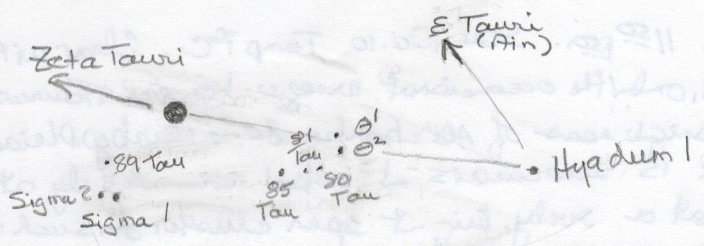 |
|
Auriga I located Auriga by first locating Capella, then identified the major stars of the constellation. I began to "Messier hop" beginning with the "Leaping Minnow," an informal grouping of stars that includes 14, 16, 17 and 19 Aurigae. I then found the grey fuzzies of M38, M36, then M37. Comet 21P/Giacobini-Zinner appeared as a vertical smudge west of M37. In binoculars, there was no distinction between the comet and its tail. However, Dave had a small telescope with him on the beach through which the distinction could be made. |
||||
|
M11 (Wild Duck Cluster)
Time: 4:40 AM
Equipment: Visual + Binoculars
S&T Chart Reference: 67
The Milky Way was so b right, its central dark lane was clearly discern le. I knew that M11 was located near Scutum and the semi-circle of stars beside it. I visually located the star cloud then found the small grey fuzzy adjacent to the golf club head with my binoculars. Dave also had a view of it in his telescope.
|
Gemini + M35 |
Orion + M42 (Orion Nebula) + M43 (De Mairan's Nebula / NGC 1982) Time: 4:52 AM Equipment: Visual + Binoculars S&T Chart Reference: 14, 16 B I first noticed this constellation was once again visible after locating theta1 and theta2 in Taurus. What a pleasant sight! The big was so clear that all the stars ere brilliant and the nebulosity in the sword (M42 and M43) was quite clear visually and with binoculars. |
